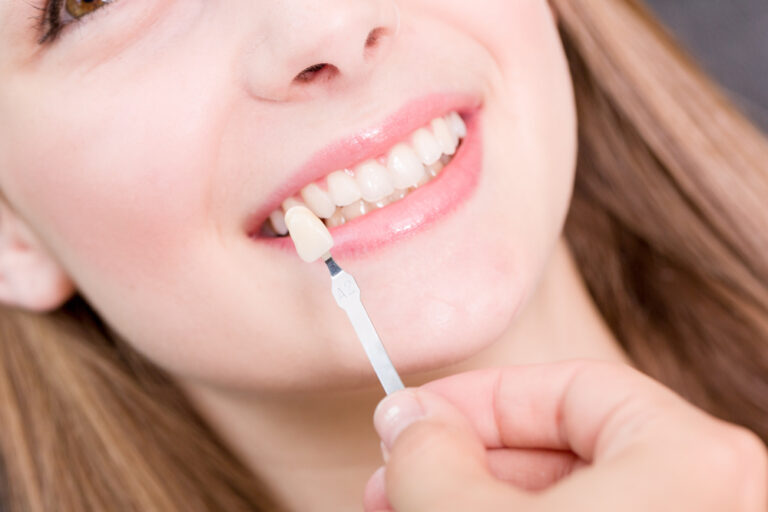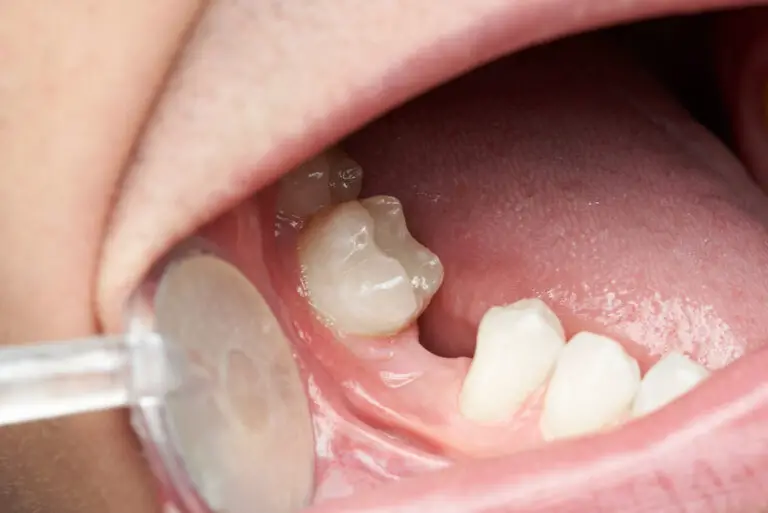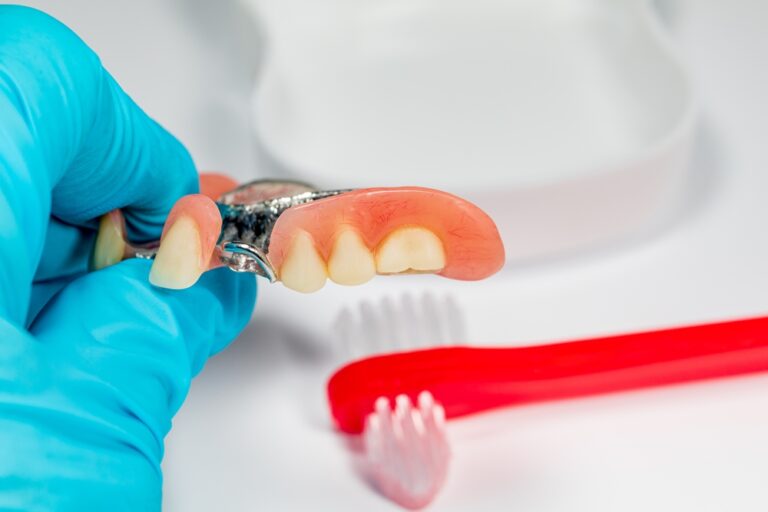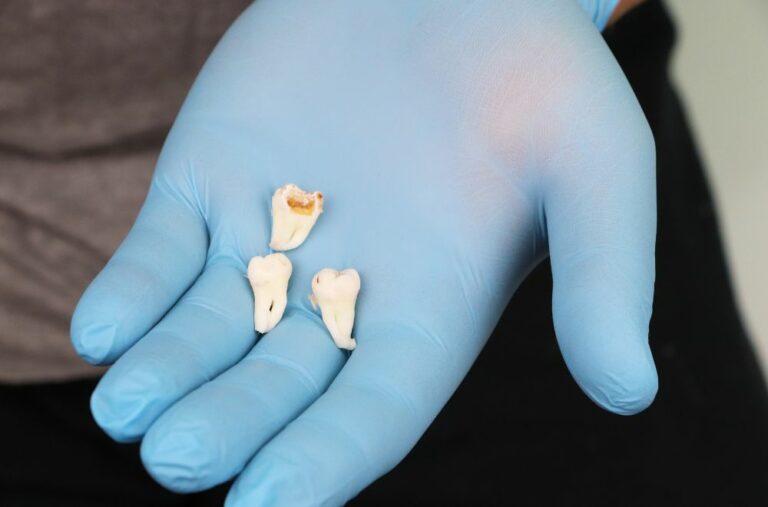Diamonds have long been revered for their unmatched hardness. The word “diamond” comes from the ancient Greek word “adamas,” meaning invincible or indestructible. This reputation for strength and durability is what makes diamonds so desirable for jewelry and industrial applications. But how do diamonds really stack up when compared to one of the strongest structures in the human body – our teeth? In many ways, teeth and diamonds are quite similar. Yet each has its own distinct advantages that make it ideally suited for its role.
The Intricate Structure of Diamond
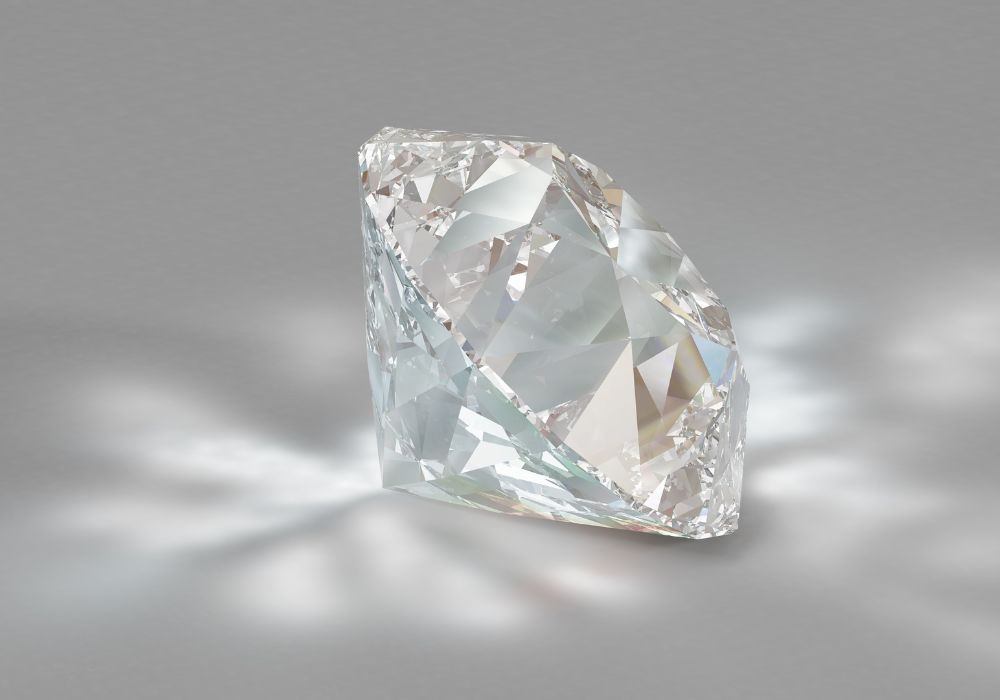
Diamonds are the hardest known naturally occurring material on Earth. But what gives diamonds their distinctive strength?
The Atomic Structure of Diamond
Diamonds have a unique molecular structure that accounts for most of their incredible hardness:
- Diamonds consist entirely of carbon atoms arranged in an orderly, repetitive three-dimensional pattern known as a crystal lattice structure.
- This crystal lattice gives diamonds their smooth, geometric shape and facets.
- The carbon atoms are bonded together through extremely strong covalent bonds – one of the strongest types of chemical bonds found in nature.
- Covalent bonds involve sharing of electron pairs between atoms and are very difficult to break apart.
- Diamonds are essentially a single giant molecule of carbon atoms linked and reinforced through covalent bonding into a rigid crystalline lattice.
The Properties of Diamond Crystals
The precisely aligned crystal lattice of diamonds gives them exceptional hardness and strength:
- The carbon-to-carbon covalent bonds in diamonds are incredibly dense and closely spaced, maximizing strength.
- Diamonds demonstrate four-directional symmetry, meaning their hardness and strength are equal in all directions. This property is known as being isotropic.
- The carbon bonds in diamonds are intrinsically stable and resistant to breaking, even under immense pressure or force.
- Defects or gaps in the lattice decrease hardness, but well-formed diamonds approach the theoretical maximum hardness of a perfect crystal lattice structure.
Measuring the Hardness of Minerals
The hardness of minerals and materials is evaluated using the globally recognized Mohs scale of mineral hardness:
- Talc (softest)
- Gypsum
- Calcite
- Fluorite
- Apatite
- Feldspar
- Quartz
- Topaz
- Corundum
- Diamond (hardest)
The Mohs scale ranks materials by their relative ability to scratch each other. Any mineral can scratch those below it on the scale. As an example, corundum (9) can scratch topaz (8), but not vice versa.
Diamonds sit at the very top of the Mohs scale, with a hardness value of 10 out of 10. This means diamonds can scratch any other mineral they come in contact with. Diamonds are commonly used to cut, abrade, and polish other rocks and minerals because of their unmatched hardness.
Factors Underlying Diamond’s Hardness
Diamonds owe their incredible hardness primarily to the dense network of strong covalent carbon bonds in their crystal lattice structure. But a few other factors also contribute:
- Extremely high bond density – more bonds per unit volume means greater strength.
- Bond stability – carbon bonds are intrinsically resistant to deformation and breakage.
- Isotropic – uniform hardness and strength in all directions.
- Crystallinity – more perfect and aligned the crystal structure, the higher the hardness.
Thanks to its flawless atomic structure, diamond is able to resist permanent deformation better than any other natural material on Earth.
The Complex Composition of Teeth

Human teeth also stand out for their mechanical strength and wear resistance. What gives teeth the ability to withstand decades of chewing, grinding, and contact stresses?
Tooth Anatomy
Each tooth consists of multiple integrated hard tissues and soft living components:
- Enamel – The outermost protective layer of the tooth made of crystalline hydroxyapatite. Enamel is the hardest tissue in the body.
- Dentin – Bonelike material making up the bulk of the tooth. Softer than enamel but still quite hard and durable.
- Pulp – Soft, living tissue containing nerves and blood vessels at the tooth’s core.
- Cementum – Bonelike substance covering tooth roots that holds teeth in place.
- Periodontal ligaments – Fibers securing teeth to alveolar bone while still allowing some flexing.
Dental Composites
Like diamonds, teeth gain their strength from a combination of specialized materials with distinct mechanical properties:
- Enamel is composed mainly of hydroxyapatite crystals bound together into prisms or rods for enhanced fracture resistance.
- Dentin consists of a matrix of collagen protein fibrils reinforced by hydroxyapatite crystals for ideal hardness and flexibility.
- Cementum is similar in composition to dentin but is more porous.
- Periodontal ligaments allow teeth to withstand chewing stresses through tension and compression.
Wear Resistance Mechanisms
Teeth have evolved multiple strategies to resist surface wear and maintain enamel integrity over a lifetime of use:
- Enamel has an ultra-high mineral content – up to 97% hydroxyapatite by weight, which provides hardness.
- The orientations of hydroxyapatite rods and interrod enamel prevent cracks from spreading.
- Enamel is significantly harder than other dental tissues like dentin or cementum according to the Mohs scale.
- Enamel can remineralize itself by regaining minerals from saliva, fluoride, etc to repair early decay.
How Do Teeth and Diamonds Compare?
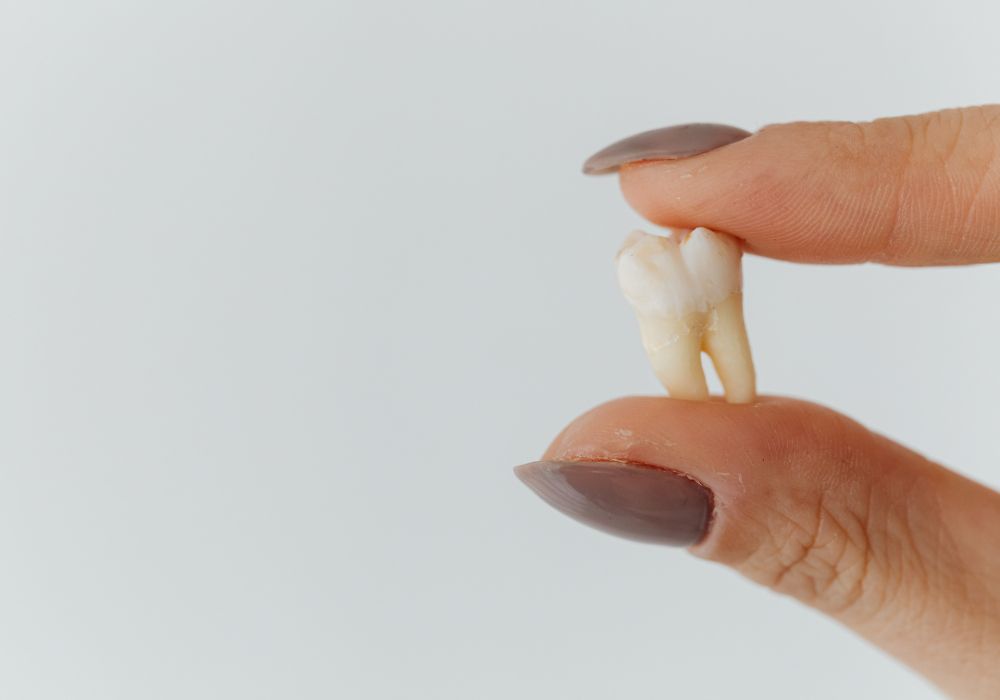
Now that we’ve analyzed the composition and properties underlying the strength of teeth and diamonds, we can directly compare them:
Hardness
- Diamond rates a perfect 10 on the Mohs hardness scale, while enamel rates 5. Diamond is harder.
- Enamel can be scraped away by metal dental instruments. Diamond can easily scratch all metals.
Toughness
- Teeth are tougher overall thanks to the microstructure of dentin and cementum. Diamond is more brittle, prone to cracking and cleaving along crystal planes.
- Enamel is also brittle and prone to fracturing like diamond due to its crystalline nature.
Compressive Strength
- Diamond can withstand crushing forces and deformation at extremely high pressures better than teeth. Diamond is stronger under compression.
- Dentin and pulp absorb compressive stresses to prevent tooth fracture.
Tensile Strength
- Dentin collagen fibers make teeth better suited to withstand bending and tension. Teeth are stronger under tension or impact forces.
- Diamond has relatively weak tensile strength due to its brittle nature.
Structure
- Diamond and enamel both utilize crystalline regions for hardness and strength.
- Teeth have a more complex, heterogeneous structure with specialized materials and architecture tailored for mechanical function.
Repairability
- Enamel and dentin can remineralize to self-repair early damage. Teeth can self-repair.
- Flaws, cracks, and defects in diamond are permanent. Diamond cannot self-heal.
Functionality
- Teeth support vital physiological functions like chewing, speaking, breathing, and smiling.
- Diamond has many useful applications including cutting tools, abrasives, wear-resistant machine parts, thermal conductors, and jewelry.
| Property | Diamond | Tooth Enamel |
|---|---|---|
| Hardness | 10 (hardest) | 5 |
| Toughness | Brittle | Prone to chipping |
| Compressive Strength | Extremely strong | Moderate |
| Tensile Strength | Weak | Fairly strong |
| Structure | Uniform crystal lattice | Composite materials and microstructures |
| Self-Repair Ability | None | Can remineralize |
Conclusion
After examining the evidence, teeth appear to have the overall advantage in mechanical strength and wear resistance compared to diamond, although diamond remains the standard for measuring hardness.
Some key conclusions:
- Tooth enamel is much harder than most natural materials, though still lower than diamond on the Mohs scale.
- Teeth have greater fracture toughness and tensile strength owing to their complex microarchitecture.
- Dentin, cementum and periodontal ligaments prevent catastrophic tooth fractures under stress.
- Enamel demonstrates remarkable resistance to surface wear due to its high mineral content, crystalline reinforcement, and remineralization capability.
However, diamond outperforms teeth in certain respects:
- Diamond withstands crushing forces and deformation better than any dental tissue.
- The uniform crystalline structure of diamond allows smooth polishing and sharp diamond cutting edges.
- Flaws and damage in enamel remain permanent, while diamond always maintains its pristine structure.
In summary, diamond exemplifies an extremely strong and simple crystalline material, while teeth represent a more complex integration of materials and microstructures tailored for overall durability, damage resistance, and lifelong use under harsh mechanical stresses. Neither diamond nor teeth on their own are perfect, but understanding the engineering principles underlying their remarkable strength can help guide the design of next-generation structural materials and composites.
Frequently Asked Questions
Are teeth really harder than diamonds?
No, diamonds maintain their position as the hardest known natural material, rating 10 on the Mohs hardness scale compared to 5 for tooth enamel. Diamond can easily cut or scratch tooth enamel. However, enamel is still much harder than most minerals and provides impressive wear resistance over a lifetime of chewing.
Can teeth scratch diamond?
No, teeth cannot scratch diamond. According to the Mohs scale, only materials rated higher in hardness can scratch a given mineral. Diamond rates 10 out of 10, so no other material, including tooth enamel, can produce scratches on diamond’s surface. At best, teeth may leave behind some residue or discoloration on diamond.
What substance is stronger than tooth enamel?
Enamel is among the hardest tissues in the human body, but it is still softer than many industrial materials including various metal alloys. Materials harder than enamel include titanium, tungsten carbide, chromium, zirconium, certain stainless steel alloys, and of course diamond. However, enamel has greater fracture toughness than many harder metals and ceramics.
Why are teeth not as hard as diamonds if they contain hydroxyapatite crystals?
Although tooth enamel contains hydroxyapatite like diamond, enamel is not as pure and also contains small amounts of organic material. The hydroxyapatite crystals in enamel are tiny and disconnected, unlike the continuous crystalline lattice of diamond that maximizes hardness. But enamel compensates by having underlying dentin for added toughness against cracking.
How many times harder than human teeth are diamonds?
Diamonds are approximately 3-4 times harder than human tooth enamel based on their relative positions on the Mohs scale. However, teeth compensate for lower hardness through their hierarchical microstructure and specialized geometries tailored for durability. Overall, teeth are still incredibly hard and wear resistant despite being softer than diamond.

